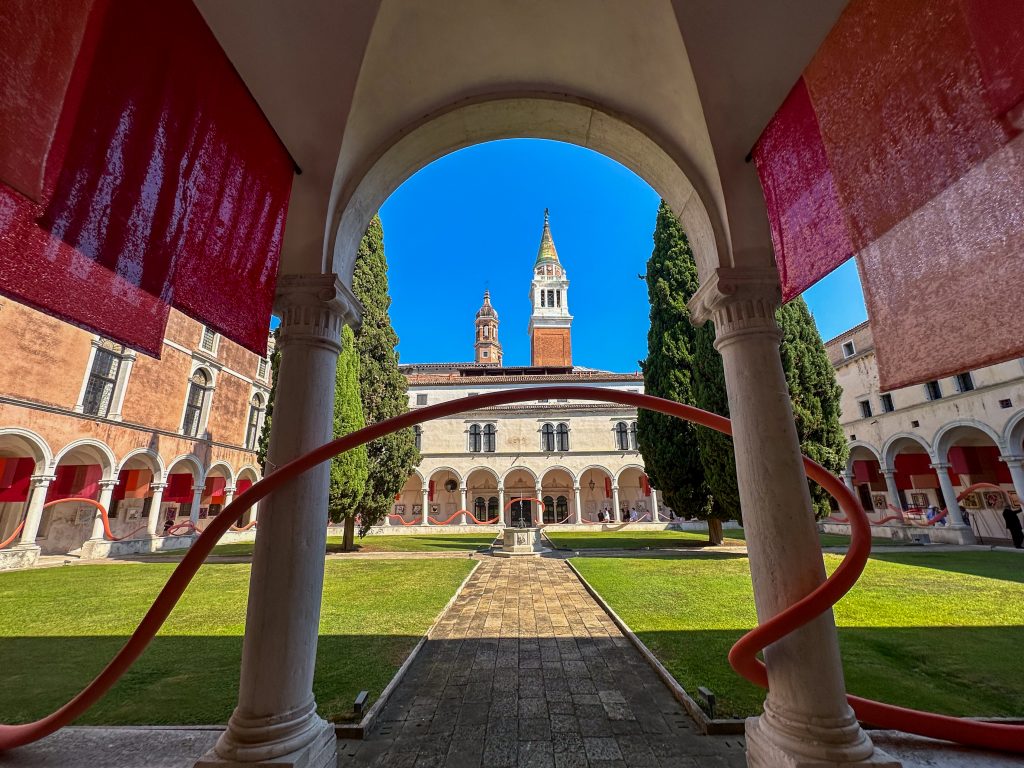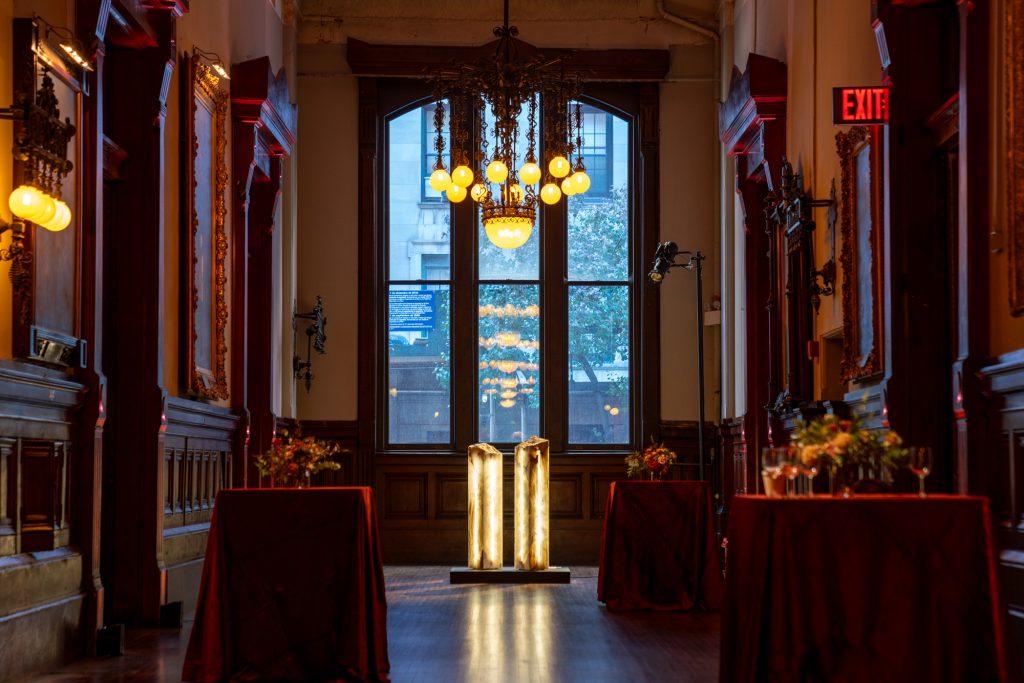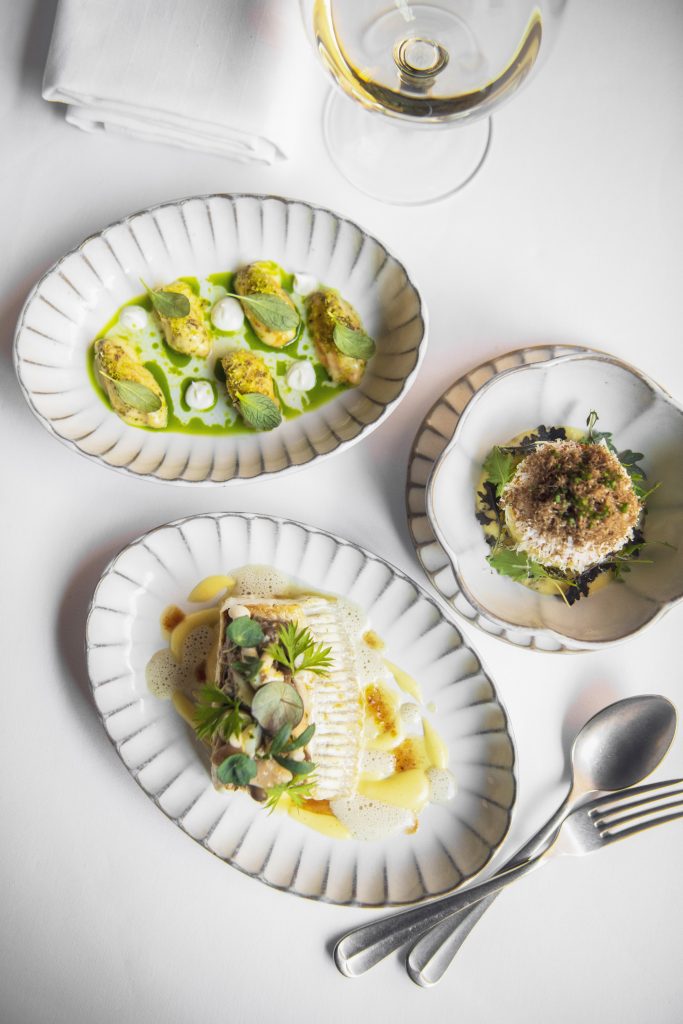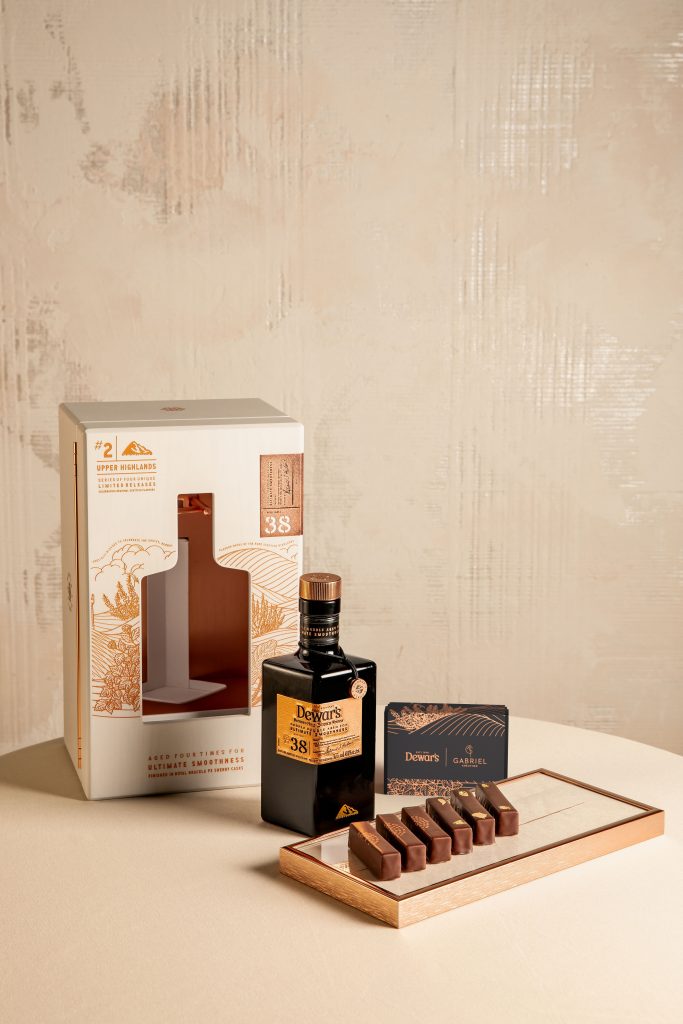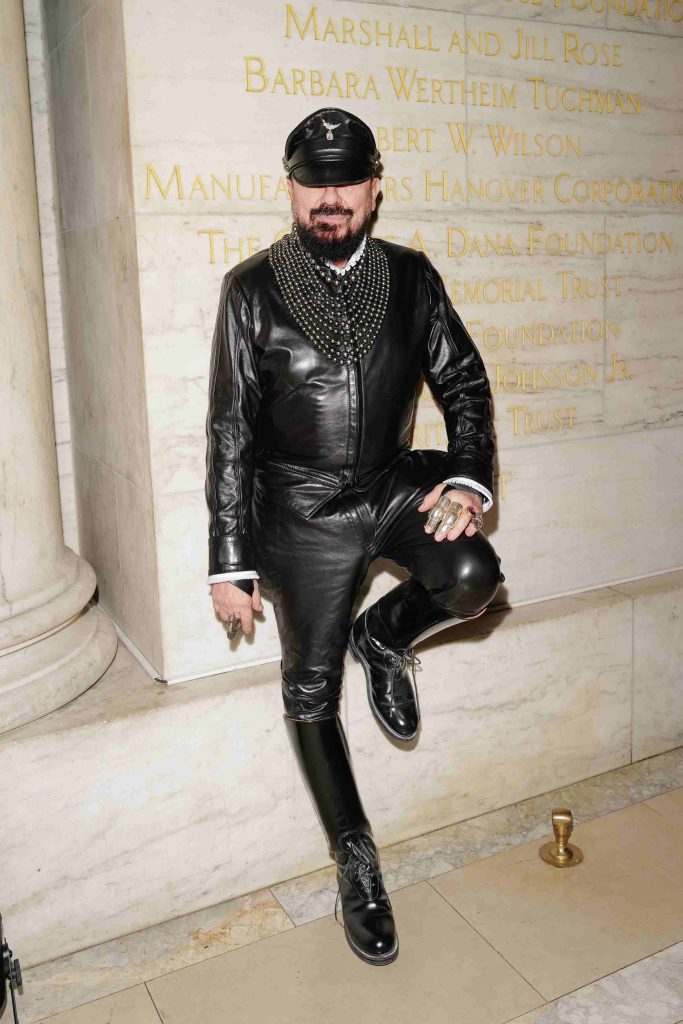Geometric Masterpieces at Homo Faber 2022
Exploring the second edition of the Venetian event dedicated to the best of European and Japanese craft

Craftsmanship means passion, energy and dedication, precision and discipline. All of this is on display right now in Venice at Homo Faber, the second edition of the fair that celebrates fine craftwork. During the inaugural event in 2018, over 62,000 visitors had the opportunity to admire objects by hundreds of artisans from all over Europe, and see those creators work live. This year, Homo Faber—on now through 1 May—is even more ambitious, featuring 15 exhibitions at the Giorgio Cini Foundation and various shows throughout the city.
This year’s theme, “Living treasures of Europe and Japan” combines masterpieces from Japan with an exploration of the influence the country had—and continues to have—on European aesthetics. These influences are visible throughout Venice itself, a city that has long benefited from the cultural and economic exchange between the two nations. The path through the exhibition at Homo Faber leads visitors on a journey through unique, high-craft works in materials of all kinds—from ceramics to wood, leather, metals, precious stones and paper. Further, geometry is paramount in understanding much of this excellent work.

For one of the most striking exhibitions, 12 Stone Gardens, designer Naoto Fukasawa and curator Tokugo Uchida have selected the works of 12 Japanese National Living Treasures—people who are are officially recognized for profoundly impacting the country’s tradition and keeping it alive. The bamboo weavings of master Noboru Fujinuma look like abstract geometries and have been inspired by actual activities, like beachside play in Atami or the flowing waters in the whirlpools of Naruto. Each of his works intends to encapsulate the chi, the energy of nature. “The intricacy and sturdiness of bamboo derive from the chi of the plant and when chi meets my personal energy, the resulting work has a message to convey,” he says.

Geometric motifs also appear in the objects of Isao Onishi, a National Living Treasure who specializes in lacquering using the maki-e technique. The various processing stages involve the use of gold dust, natural lacquer and deer antler dust, as in the kanshitsu dish with maki-e and shell inlay. The Keikan (radiant sphere) in the center of the plate symbolizes the energy of Mother Nature.

Curated by Fondazione Cologni dei Mestieri d’Arte, Marvellous Liaisons is dedicated to Italian craftspeople who have acquired the title of Maestro d’Arte e Mestiere, the equivalent of Japan’s National Living Treasures. Here, a series of three small tables by Giuditta Doro for Alchymia grab attention. The collection—called Konik—has been crafted from beech, lacquer and brass. Traditional Italian craftsmanship meets retro shapes, conjuring up images of ’70s science fiction.
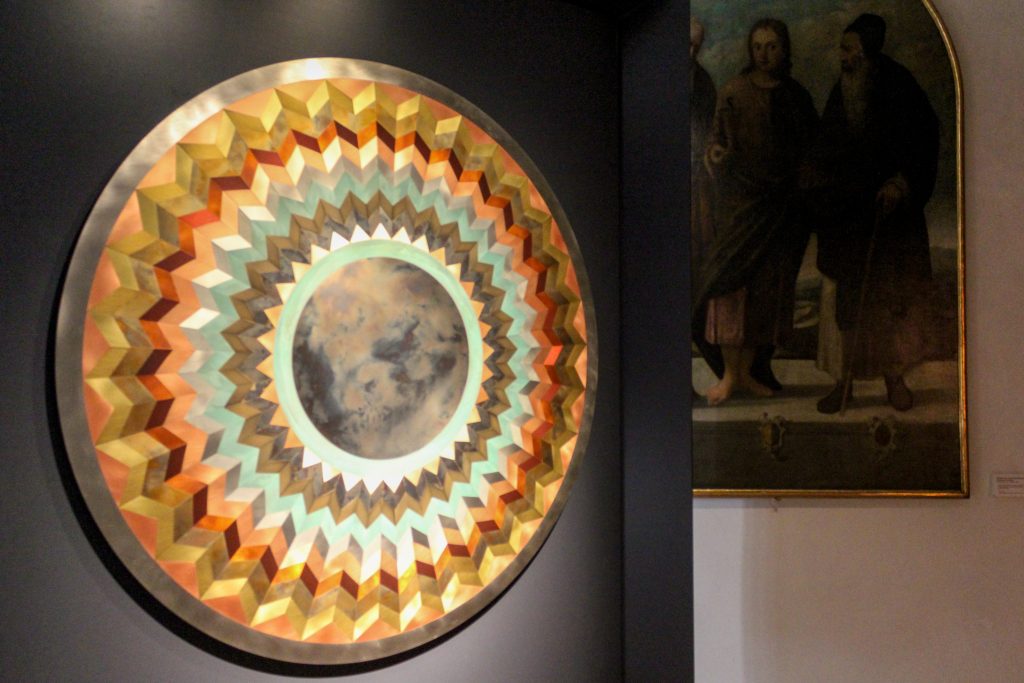
The small exhibition Tracing Venice pays homage to the famous mosaic floors of St Mark’s Basilica, one of Venice’s most beautiful landmarks. Due to high water, these mosaics are often submerged and need constant restoration. Design duo Zanellato/Bortolotto and metal manufacturing company De Castelli recreated these geometric patterns with an experimental metal mosaic. Each material has been worked with fire and acids to emphasize the passage of time and the imperfections that make the original mosaics unique.

One of the most surprising exhibitions at Homo Faber is Magnae Chartae, a journey curated by Michele De Lucchi to discover paper craftsmanship. A magical cloud of thousands of colored origami by Belgian designer Charles Kaisin welcomes the visitors and pays homage to Japan. Along the way, one can admire the three-dimensional geometries of Zoe Keramea, a Greek paper artist who specialized in folding. Also on display, “Small White Moth” is a flexible modular paper sculpture made using Aqaba paper hand-folded into triangular dipyramids.
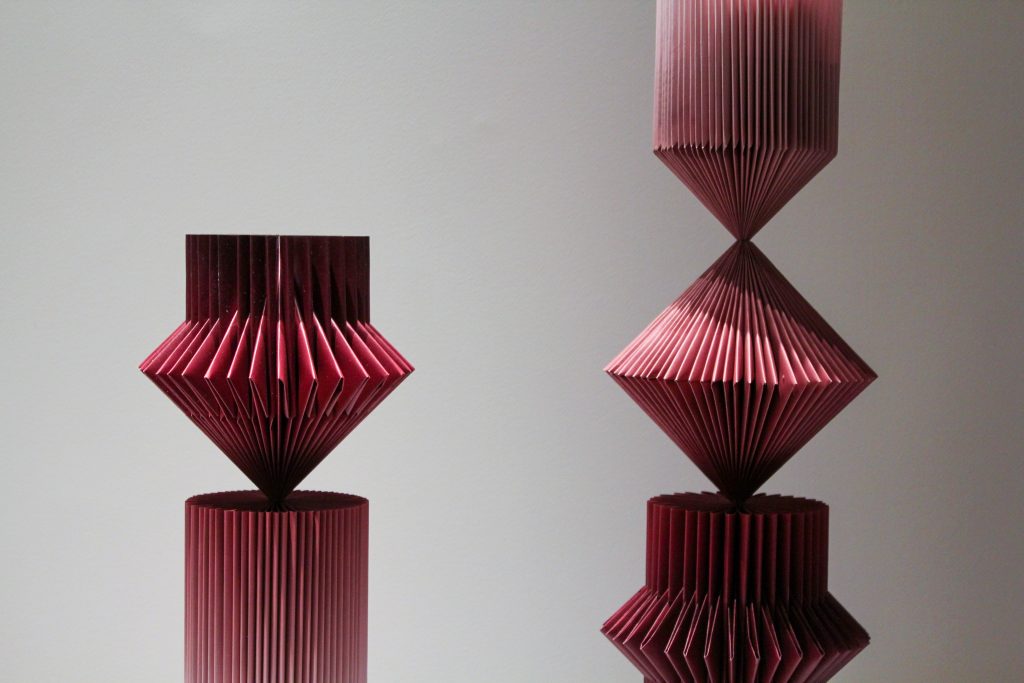
Nearby soar the origami sculptures of Uroš Mihić, an artist born in Serbia and living in Italy. These stunning sculptures look like impossible columns and are handmade using old books, carefully dyed and folded one by one.

Curated by Judith Clark, Details: Genealogies of Ornament comprises luxury goods such as clothes, watches, bags, jewelry and kimonos. From the series of rare Roberto Capucci dresses from the ’60s and ’80s and leatherwork by Serapian (a glorious Milan-based maison) gorgeous geometry abounds. For the latter, an artisan carefully inserts leather stripes on a pre-cut base in front of visitors. It’s another exquisite example of what Homo Faber has to offer.
Hero image courtesy of Zanellato/Bortolotto

